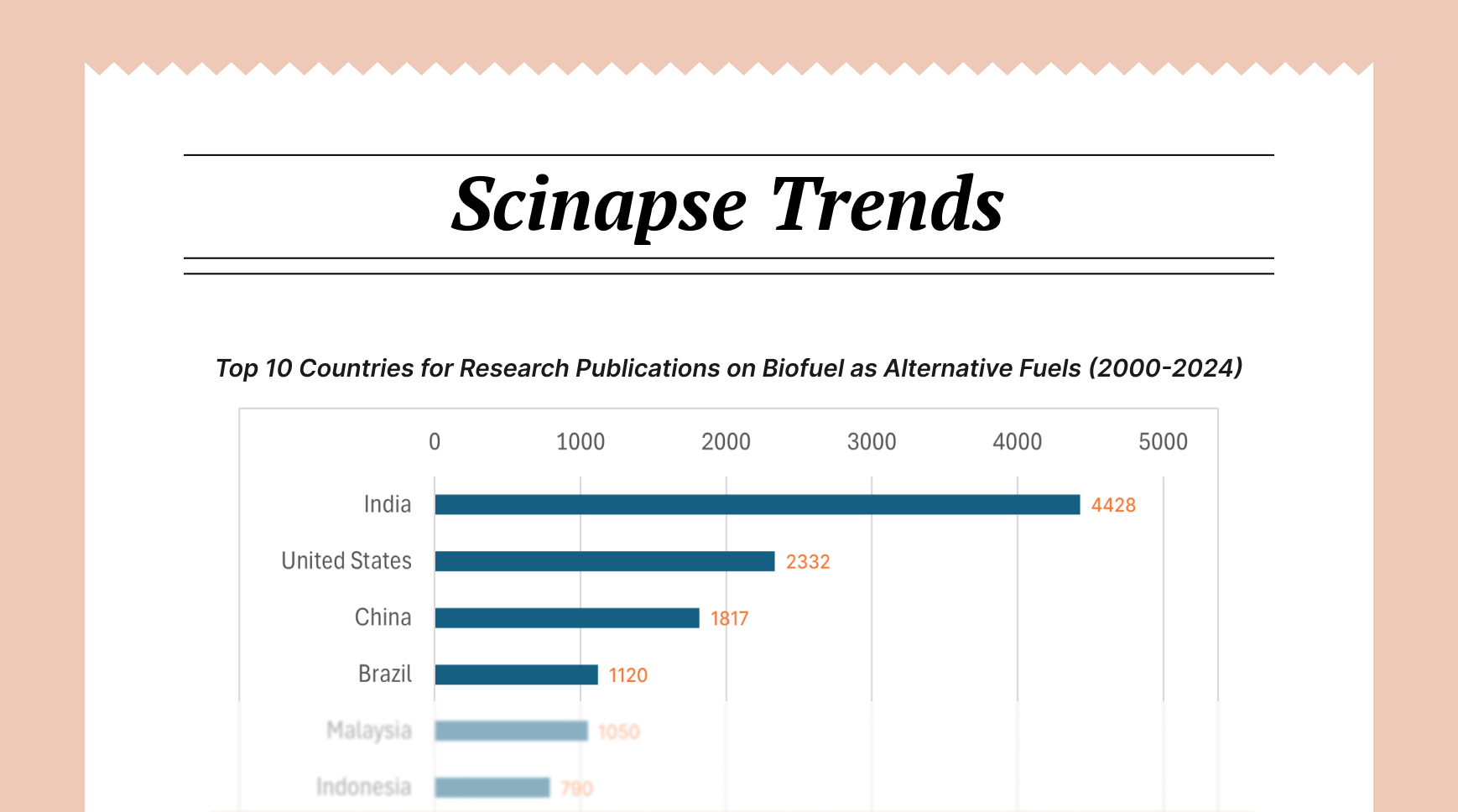Advancements in Antimicrobial Peptide Research: Design, Mechanisms, and Therapeutic Applications (2020-2024)
AMPs vs. MDR: Advances in peptide design, mechanisms, resistance understanding & therapeutic applications reviewed.
Introduction
Antimicrobial peptides (AMPs) have garnered significant attention as potential solutions to combatting the growing threat of multidrug-resistant bacteria and other pathogens. This mini-review summarizes recent advancements in AMP research over the past five years, focusing on key areas such as peptide design and modification, understanding mechanisms of action, and exploring therapeutic applications.
Design and Modification Strategies for Enhanced Activity and Stability
A significant focus of recent research has been on designing and modifying AMPs to improve their antimicrobial activity, selectivity, and stability. Several strategies have been explored, including amino acid substitutions, lipidation, and the incorporation of non-natural amino acids.
Jun Feng's research group investigated the impact of D- and unnatural amino acid substitutions on the proteolytic resistance of AMPs, providing insights into their degradation characteristics (Jianguang Lu et al., 2020, Front. microbiol.). Xiubo Zhao's laboratory focused on rationally designing short cationic α-helical peptides with selective anticancer activity, demonstrating the potential for dual-action peptides (Roja Hadianamrei et al., 2020, Journal of Colloid and Interface Science; Roja Hadianamrei et al., 2021, Journal of Colloid and Interface Science). Further work by Xiubo Zhao's group has also explored the antifungal activity of designed α-helical AMPs (Ruicheng Xu et al., 2023, Biomaterials Science).
The impact of lipidation on AMP bioactivity and aggregation has also been investigated by Neil M. O’Brien‐Simpson's group (Bruce Lin et al., 2020, Aggregate; Bruce Lin et al., 2021, Aggregate; Bruce Lin et al., 2022, Aggregate; Bruce Lin et al., 2023, Aggregate). Marco Scocchi's research explored the effects of lipidation on proline-rich antibacterial peptides (Federica Armas et al., 2020, International Journal of Molecular Sciences; Federica Armas et al., 2021, International Journal of Molecular Sciences). Ester Boix's group focused on rationally modifying AMPs derived from human RNase 3 to enhance serum stability (Daniel Sandín et al., 2021, Journal of Medicinal Chemistry). Jyh-Yih Chen's team demonstrated that strategic modification of low-activity natural AMPs can confer antibacterial potential both in vitro and in vivo (Prakash Kishore Hazam et al., 2023, European Journal of Medicinal Chemistry).
Elucidating Mechanisms of Action and Resistance
Understanding the mechanisms by which AMPs kill bacteria and how bacteria develop resistance is crucial for designing more effective therapeutics. Recent studies have shed light on these complex interactions.
Charles M. Deber's laboratory investigated the role of charge clustering in membrane interactions of cationic AMPs, uncoupling amphipathicity and hydrophobicity (Shelley He et al., 2021, Biochemistry). Their recent work also focuses on the interaction of designed cationic AMPs with the outer membrane of Gram-negative bacteria (Shelley He et al., 2024, Sci. rep. (Nat. Publ. Group)). Claudia Steinem's group revealed that the antimicrobial fibupeptide lugdunin forms water-filled channel structures in lipid membranes (Dominik Ruppelt et al., 2023, Nature Communications; Dominik Ruppelt et al., 2024, Nature Communications). Andreas Peschel's research highlighted a mechanism by which Staphylococcus aureus can be sensitized to antibacterial agents by blocking the lipid flippase MprF (Christoph Slavetinsky et al., 2022, eLife). Kimberly Kline's group demonstrated that depleting cationic lipids involved in antimicrobial resistance drives adaptive lipid remodeling in Enterococcus faecalis (Rafi Rashid et al., 2023, mBio). Trevor F. Moraes's laboratory discovered that a secreted bacterial protein protects bacteria from cationic AMPs by entrapment in phase-separated droplets (Nicholas Ostan et al., 2024, PNAS Nexus).
Exploring Therapeutic Applications and Delivery Systems
The therapeutic potential of AMPs extends beyond direct antimicrobial activity, encompassing anticancer, antiviral, and immunomodulatory effects. Researchers are actively exploring various delivery systems to enhance AMP efficacy and reduce toxicity.
Anna Lucia Tornesello's group reviewed the functional properties and biological activities of AMPs as anticancer agents (Anna Lucia Tornesello et al., 2020, Molecules). Jinliang Peng's research focused on melittin-based nano-delivery systems for cancer therapy (Anqi Wang et al., 2022, Biomolecules). Yiyun Cheng's team developed a fluorous peptide amphiphile with potent antimicrobial activity for treating MRSA-induced sepsis and chronic wound infection (Jingjing Hu et al., 2024, Angewandte Chemie International Edition). Werner M. Nau's laboratory explored boron clusters as broadband membrane carriers (Andrea Barba‐Bon et al., 2021, Nature; Andrea Barba‐Bon et al., 2022, Nature). Further work by Werner M. Nau's group has demonstrated that metallacarborane cluster anions can act as chaotropic carriers for transmembrane and intracellular delivery of cationic peptides (Yao Chen et al., 2022, Journal of the American Chemical Society; Yao Chen et al., 2023, Journal of the American Chemical Society) and that all-inorganic polyoxometalates can act as superchaotropic membrane carriers (Andrea Barba‐Bon et al., 2023, Advanced Materials). Sangeeta N. Bhatia's group developed conditional AMP therapeutics (Chayanon Ngambenjawong et al., 2022, ACS Nano).
Conclusion
Recent advancements in AMP research have focused on improving peptide design, elucidating mechanisms of action and resistance, and exploring therapeutic applications. These efforts have led to the development of more potent, stable, and selective AMPs with potential for treating a wide range of infectious diseases and other conditions. Future research should continue to address challenges such as toxicity, production costs, and the emergence of resistance to fully realize the therapeutic potential of AMPs.
✨ About This POST
This mini-review post was generated through Scinapse. Scinapse provides reliable research trend analysis using citation analysis and AI technology.
Check out the trends in your field too!
Get started at https://scinapse.io


Comments ()